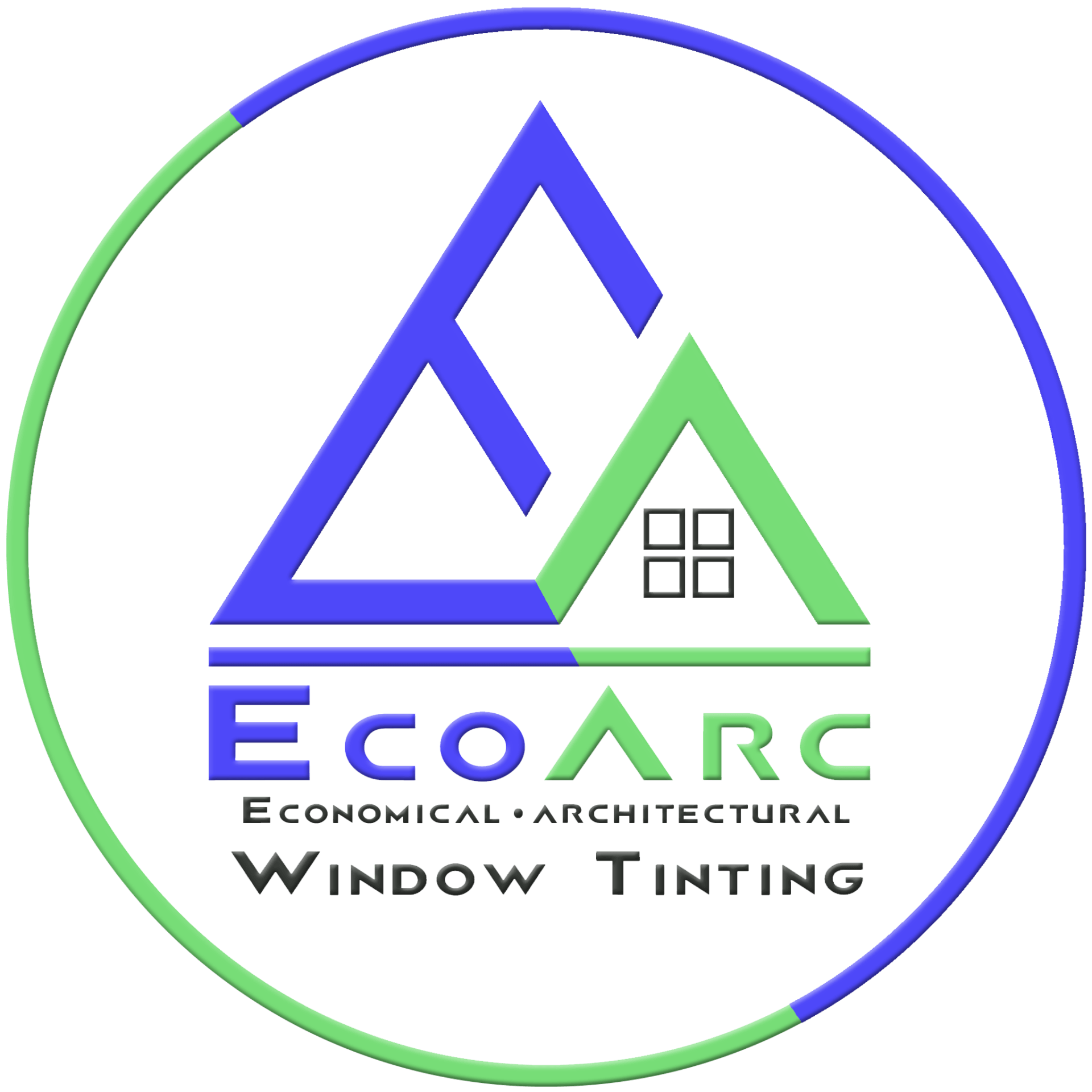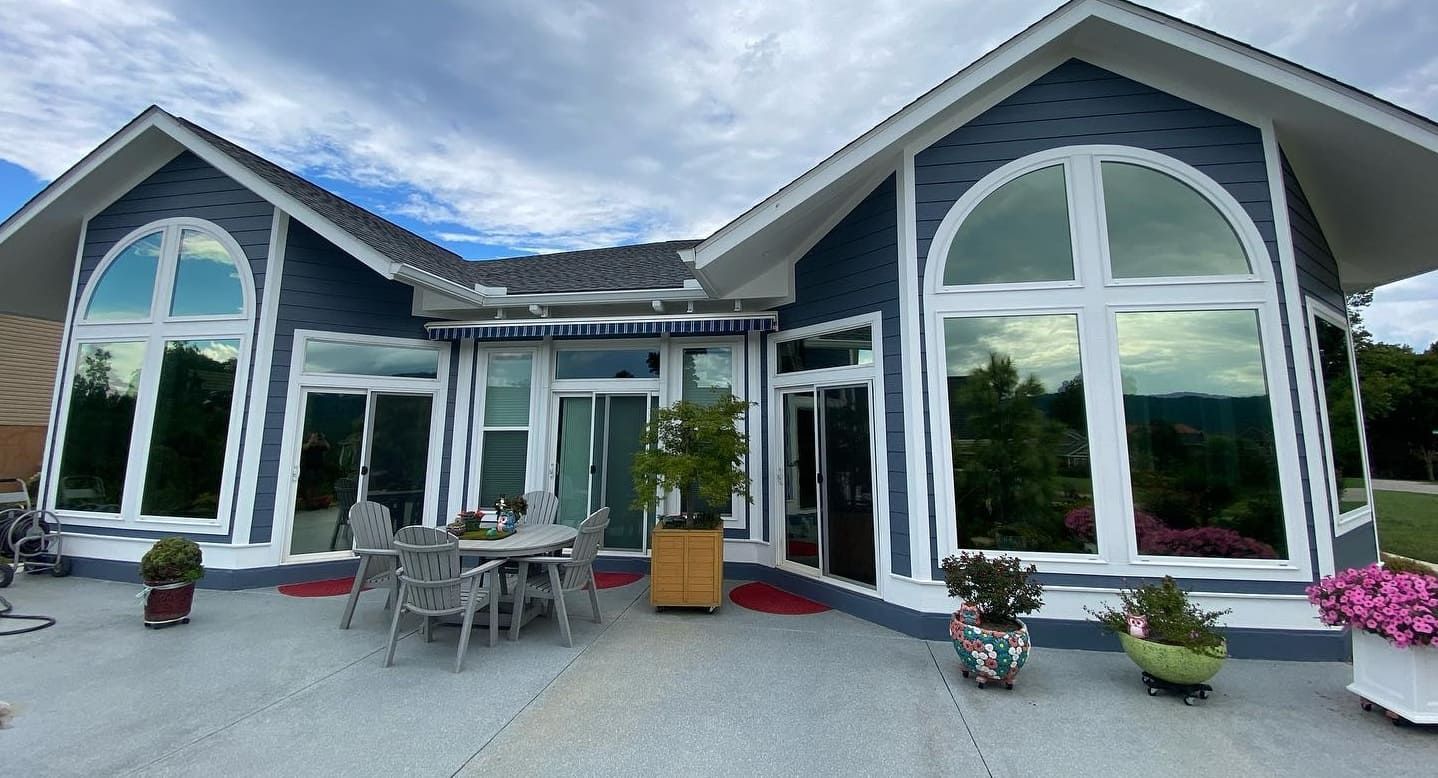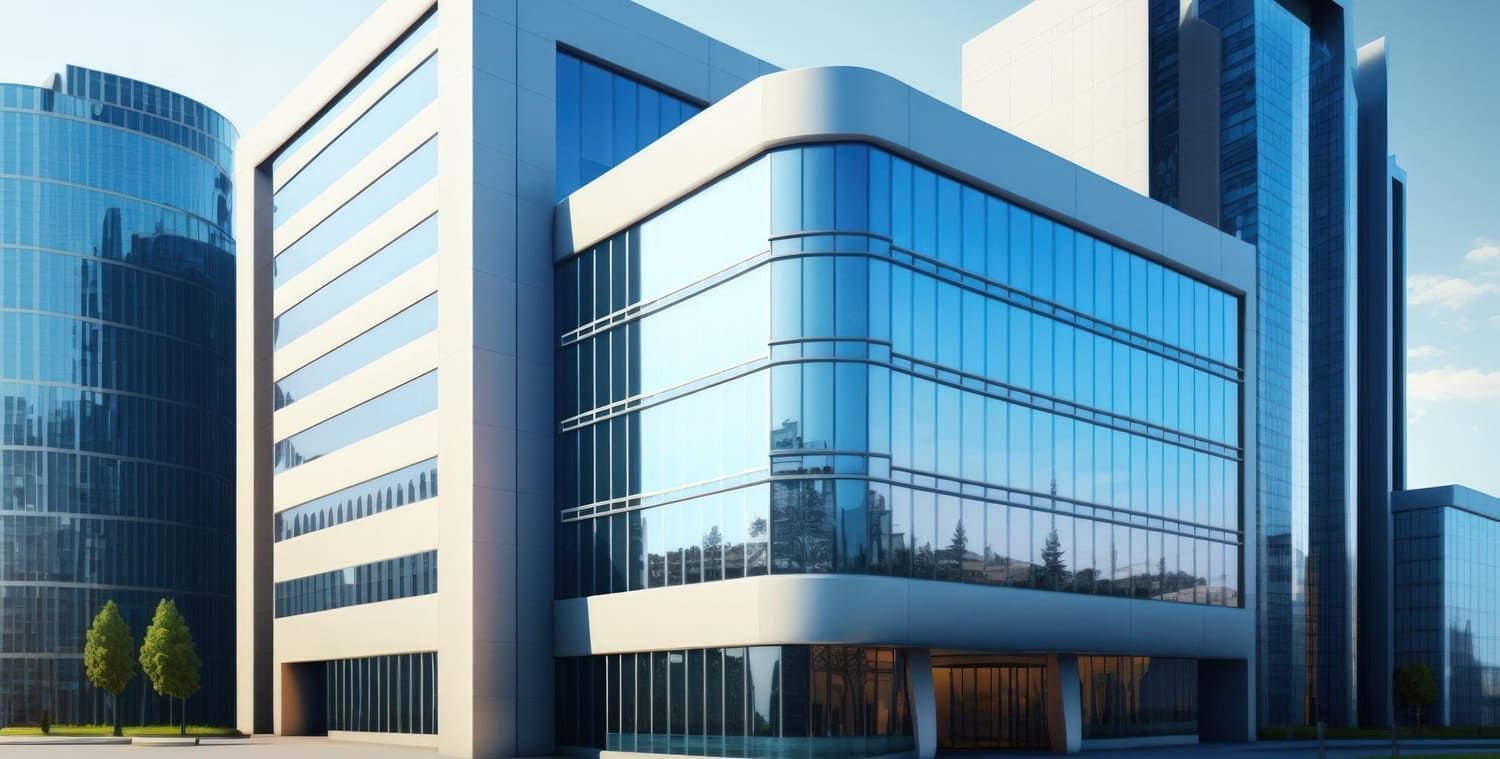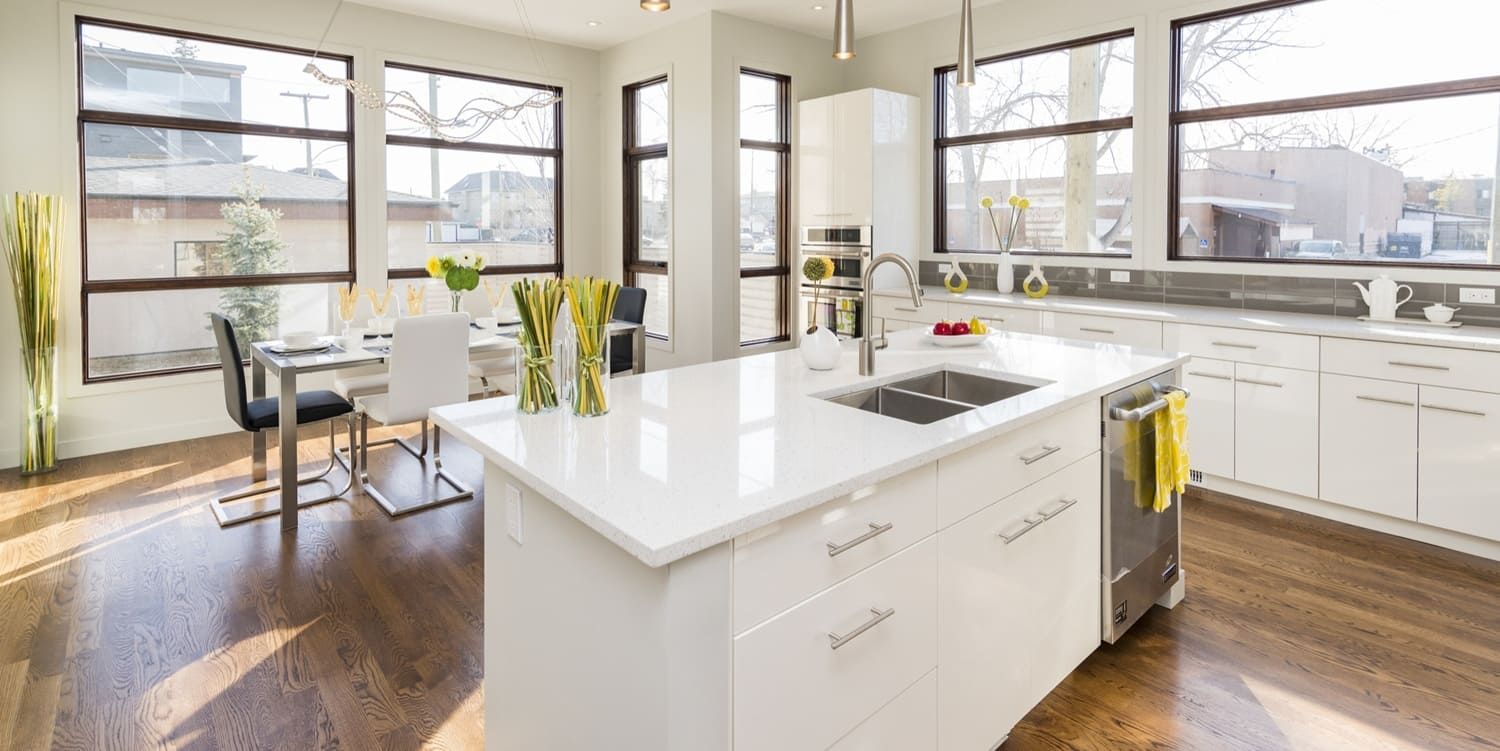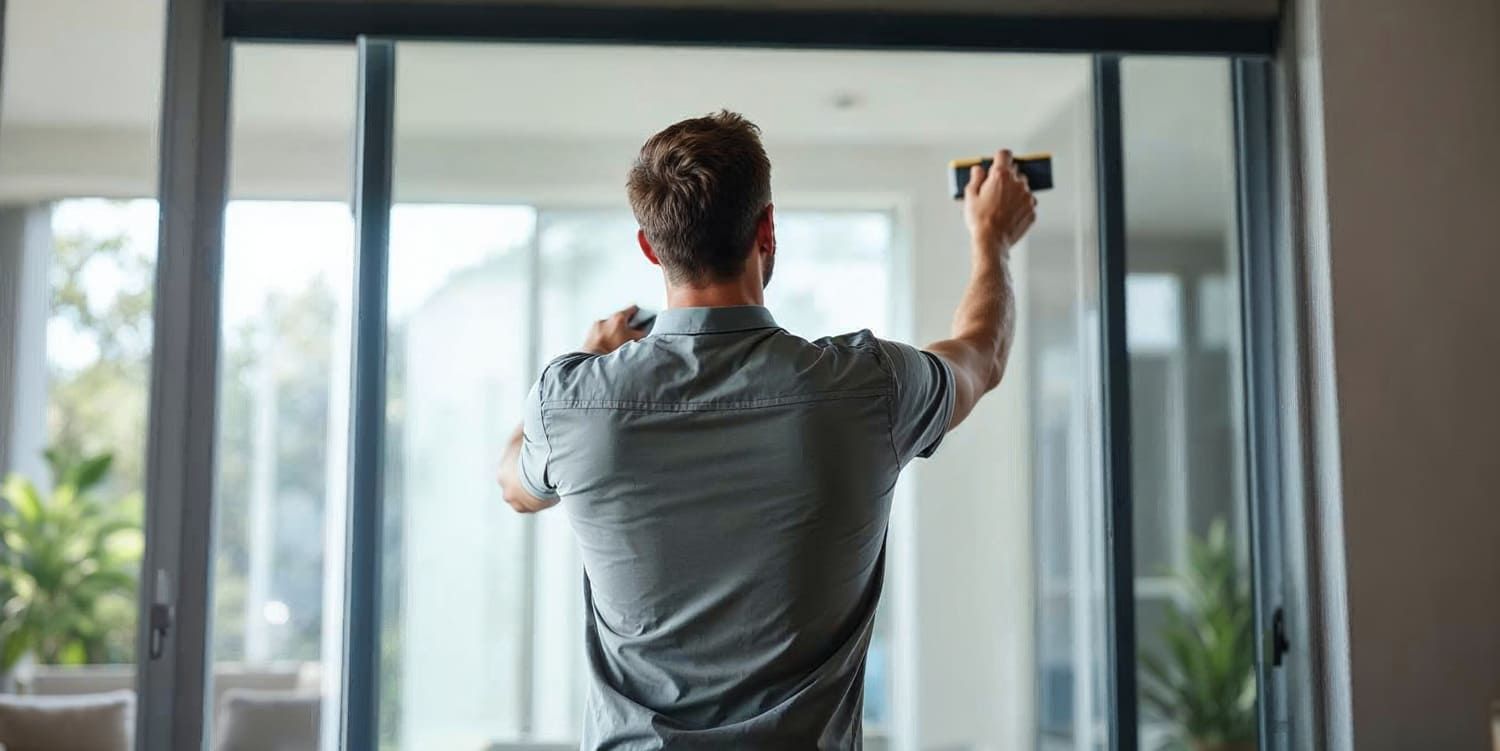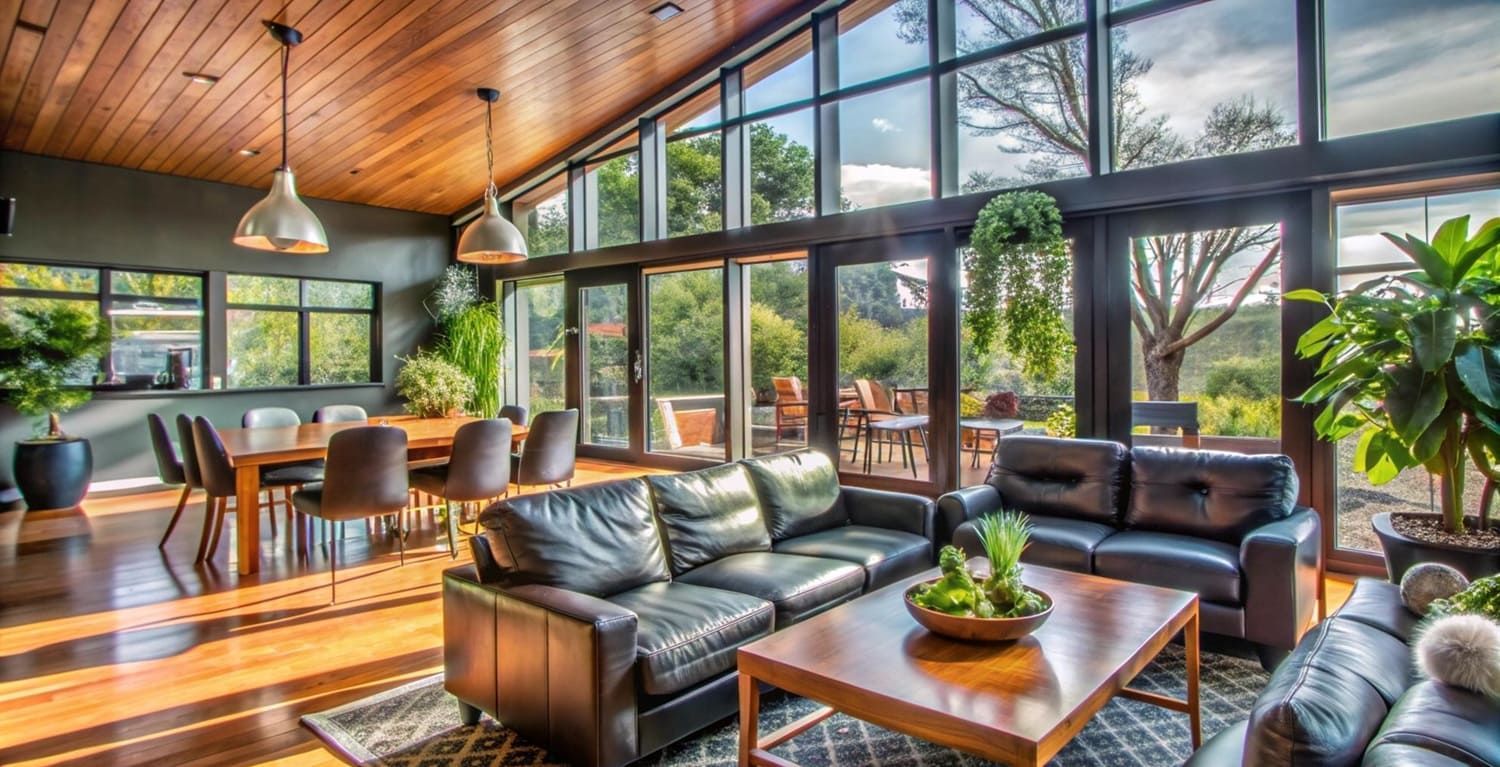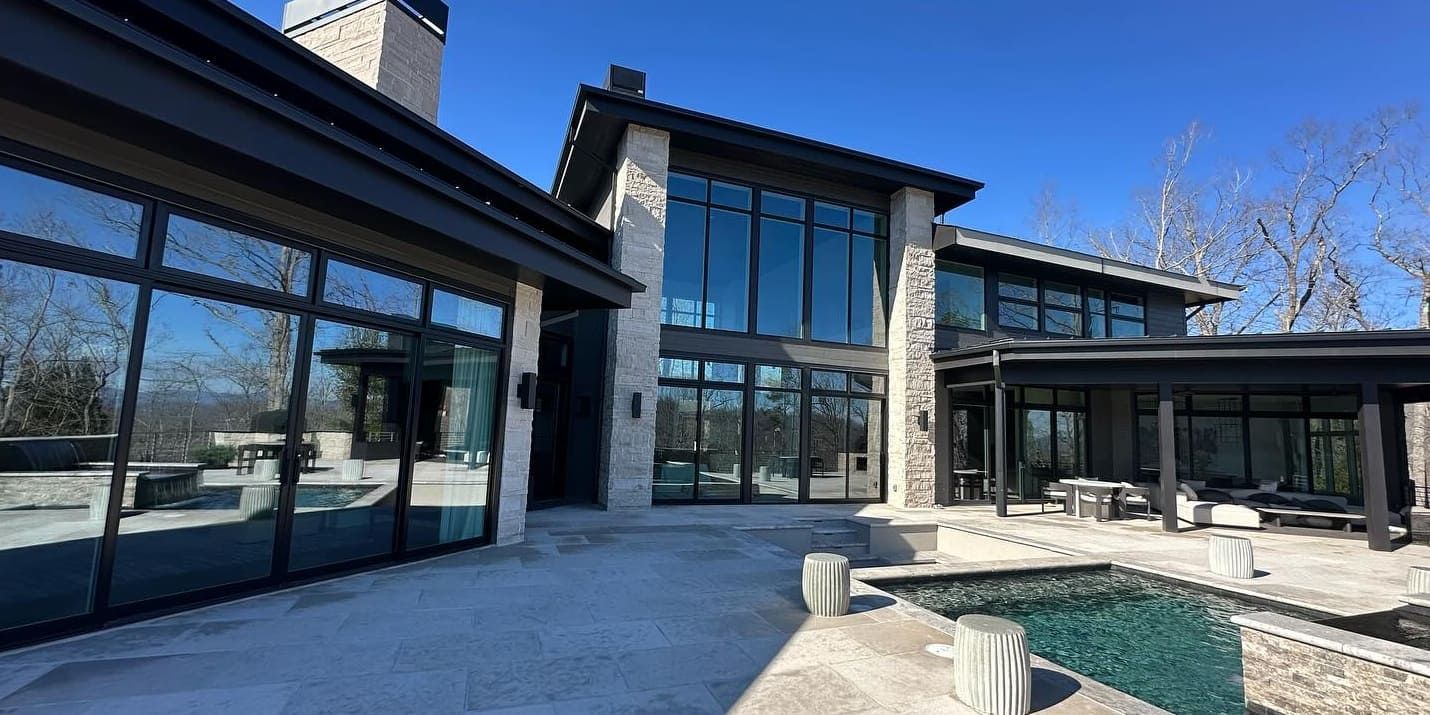Energy-Saving Window Films: Measuring Cost Benefits
Energy-saving window films are an innovative solution designed to reduce energy consumption, lower utility bills, and improve indoor comfort. These films consist of advanced materials that block infrared radiation, reduce heat transfer, and filter ultraviolet rays while still allowing ample daylight into your home or commercial space. Selecting the right window film can make a significant difference in energy conservation and long-term return on investment.

Understand the Benefits of Energy-Saving Window Films
Energy-saving window films reduce energy consumption by limiting the amount of solar heat entering or leaving a building. Their low-emissivity (low-E) properties reflect infrared heat, decreasing the workload of heating and air-conditioning systems. This results in lower energy bills and improved occupant comfort throughout the year.
Identify How Window Films Reduce Energy Consumption
Window films reduce heat transfer through windows by incorporating a reflective metallic or ceramic layer that blocks a significant percentage of infrared and ultraviolet solar rays. This limits heat gain in the summer and prevents heat loss during winter. High-quality films can reduce solar heat gain by over 70%, lowering reliance on air conditioning and promoting a more stable indoor environment.
Examine Environmental Advantages of Installing Films
Installing energy-saving window films offers environmental benefits by reducing energy demand and greenhouse gas emissions. With decreased energy consumption, homes and commercial buildings emit less carbon, and such installations can contribute to LEED certifications. Additionally, by minimizing glare and blocking UV radiation, these films help protect furnishings and artwork, thereby reducing waste from frequent replacements.
Assess Potential Savings on Utility Bills
The energy savings from window films translate into notable reductions in monthly utility bills. Homeowners can witness savings of up to 15% on annual energy costs, and commercial buildings with large glass facades often experience even greater benefits. The payback period for window film investments is generally short—typically between two and five years—making these films attractive for both residential and commercial properties.
Recognize Additional Benefits Like UV Protection
Besides saving energy, window films protect property and inhabitants by filtering harmful ultraviolet rays. This UV-blocking feature extends the lifespan of furnishings, artwork, and flooring, and reduces the risk of skin damage from prolonged sunlight exposure—adding both health and economic benefits.
Explore Enhancements to Comfort and Aesthetics
Energy-saving window films also enhance indoor comfort and aesthetics. They maintain a consistent indoor temperature, preventing hot spots near large windows in summer and cold drafts during winter. Modern films come in various tints and finishes that preserve a clear view while adding a sleek, modern look to the exterior. They are virtually invisible and improve glare reduction without compromising natural daylight.
Calculate the Initial Cost of Window Film Installation
Understanding initial installation costs is crucial when considering window films. Costs vary depending on film quality, installation complexity, and whether a professional or DIY approach is taken. An upfront investment in high-quality films can yield significant long-term energy savings and a boost in property value.
Determine the Average Pricing for Window Film Options
Typically, energy-saving window films cost between $5 and $15 per square foot. Higher-end films, which offer better solar rejection and UV protection, command a premium. Bulk purchases for larger properties or commercial use can also reduce the per-square-foot cost and may include rebates from energy efficiency programs.
Evaluate Labor Costs Associated With Professional Installation
Professional installation ensures that window films are applied correctly for optimal performance. Labor costs usually add an extra $2 to $5 per square foot. Professional installers bring expertise to avoid bubbles or imperfections and seal all edges properly, which helps maintain film efficiency and prolongs its lifespan.
Consider DIY Installation for Potential Savings
DIY installation is an option that can reduce upfront labor costs. DIY kits come with step-by-step instructions and can result in savings of up to 30% on labor expenses. However, DIY methods require patience and precision; a poor installation may lead to peeling or bubbling, reducing film performance and necessitating early replacement.
Analyze Possible Discounts or Promotions From Suppliers
Many suppliers offer seasonal promotions, volume discounts, and government or utility incentives that can offset installation costs by 10% to 20%. Property owners should obtain multiple quotes and explore available rebates before committing to a contract, which can further improve the financial viability of window film installations.
Understand the Importance of Quality Versus Price
Choosing the cheapest window film option may not be the most cost-effective long-term strategy. High-quality films provide longer lifespans, better solar heat rejection, and superior clarity that preserves natural lighting. Lower-cost films might degrade faster, leading to increased maintenance or early replacement. Assessing quality against initial and cumulative energy savings is crucial when considering overall return on investment (ROI).
Estimate Long-Term Savings From Energy-Efficient Films
Estimating long-term savings from window films involves analyzing energy consumption before and after installation. Savings are reflected not only through reduced utility bills but also in increased property value and improved occupant comfort.
Review Energy Savings Data From Window Film Usage
Studies show that window films can reduce energy consumption by 10% to 20% annually by lowering cooling demands in summer and retaining heat during winter. For example, commercial properties with extensive glass exposure can save thousands of dollars a year. These savings provide a strong empirical basis for the films' long-term benefits.
Calculate Payback Periods for Investment in Films
The payback period for window film installations typically ranges from two to five years. This period is calculated by dividing the total installation cost by the monthly energy savings. Once the payback period is completed, nearly all subsequent savings contribute to a positive ROI, making the investment increasingly attractive over time.
Investigate Incentive Programs Offered by Utility Companies
Many utility companies and local governments offer incentive programs, including tax credits, rebates, and low-interest financing options to support energy-efficient home improvements. These incentives can significantly shorten the payback period and enhance the overall financial benefits of installing window films.
Compare Savings Across Different Types of Window Films
Not all window films offer the same benefits. Some are optimized for solar heat reduction, while others focus on UV blocking or offer a balance of both. Films with higher infrared rejection ratings tend to provide greater energy savings. For instance, high-end ceramic films may reduce heat gain by up to 75% compared to standard tinted films. Evaluating these options helps property owners choose a product that best meets their energy management needs.
Analyze Cumulative Savings Over Multiple Years
Even modest annual savings can accumulate over time. For example, saving $200 per month on energy bills results in $2,400 per year, and over a span of 15 years, this adds up to $36,000 in savings. These long-term projections underscore the economic viability of investing in energy-saving window films.
Assess the Impact on Property Value With Window Films
Upgrading to energy-efficient window films not only cuts energy costs but also increases property value. Buyers and tenants are increasingly prioritizing sustainability and lower utility expenses when evaluating properties.
Discover How Energy Efficiency Affects Home Valuation
Properties with energy-efficient features often command higher market prices and sell faster. Green upgrades, including window films, can increase a home’s value by 3% to 5% or more. These films reduce operating costs and improve occupant comfort, making them an attractive feature for buyers and contributing to higher resale prices.
Evaluate Market Demand for Energy-Efficient Properties
A growing trend in both residential and commercial markets is the demand for eco-friendly and energy-efficient properties. In areas like Asheville, Knoxville, and Greenville, properties with sustainable features can attract a premium. Energy-saving window films meet consumer expectations for reduced environmental impact and lower living costs, enhancing market competitiveness.
Consider How Window Films Can Attract Buyers
For sellers, the presence of energy-saving window films can serve as a valuable marketing tool. Highlighting these films in property listings—often as part of an eco-friendly package—can differentiate a property in a competitive market. Quantifiable benefits such as lower energy bills and enhanced comfort make these films particularly attractive to modern, eco-conscious buyers.
Analyze the Return on Investment for Window Upgrades
A detailed ROI analysis shows that the installation of window films often yields returns that exceed the initial costs. By comparing cumulative energy savings, increased property value, and reduced maintenance costs against the upfront investment, property owners can see substantial long-term benefits, especially in commercial real estate where operational cost reductions have a direct impact on profit margins.
Examine Local Trends in Energy-Efficient Home Features
In many regions, energy efficiency is becoming a standard expectation. Properties with upgraded windows, superior insulation, and modern HVAC systems tend to be rated higher in energy performance assessments. In competitive markets, window films add to a property’s appeal by demonstrating a commitment to sustainability and cost-effectiveness.

Identify Common Misconceptions About Window Films
Despite their clear benefits, several misconceptions about window films persist among homeowners and business owners. Addressing these concerns is essential for making informed decisions.
Debunk Myths About Window Films Reducing Natural Light
Some assume that window films reduce natural daylight, but modern films are designed to maintain clarity while blocking unwanted heat and UV rays. Rigorous testing shows that high-quality films balance sun protection with ample natural light, ensuring bright and comfortable interiors.
Clarify Perceptions of Durability and Maintenance Needs
There is a common belief that window films require extensive maintenance or degrade quickly. In reality, many energy-saving films come with long-term warranties of 10 to 15 years and are engineered to resist fading, bubbling, and peeling when properly installed and maintained.
Address Misconceptions Regarding Window Films and Aesthetics
Critics sometimes argue that window films can negatively affect a building’s appearance. However, modern films are available in various tints and finishes that can actually enhance aesthetic appeal. When installed correctly, they are virtually invisible and can complement a building’s design without compromising visual appeal.
Understand the Reality of Thermal Insulation Performance
Some doubt the effectiveness of window films in extreme climates. In fact, these films are rigorously tested under diverse conditions to ensure effective thermal insulation. They help moderate temperature fluctuations by reducing heat gain in hot climates and retaining heat in cold climates, meeting stringent international performance standards.
Discuss the Effectiveness Against Different Climates
Concerns that window films may not work in every climate are unfounded. Whether in sunny, hot regions or colder areas, the films effectively reduce cooling loads and retain indoor warmth. This dual capability makes them adaptable and beneficial across a wide range of environmental settings.
Find Reliable Installers for Window Films in Your Area
To maximize the benefits of energy-saving window films, it is crucial to hire a reputable installer. Professional application ensures optimal performance and durability.
Research Top-Rated Window Film Installation Companies
Start by researching local companies specializing in window film installations. Look for businesses with proven track records and positive customer reviews. Companies such as EcoArc Home & Office Window Tinting are known for their expertise, high-quality product selections like Vista window films, and consistent performance. Certifications from manufacturers and industry associations further reinforce their credibility.
Check Customer Reviews and Testimonials for Quality
Before selecting an installer, review testimonials on platforms such as Google, Yelp, and the Better Business Bureau. Customer feedback can provide valuable insights into service quality, installation precision, and after-sales support. Reliable installers often offer satisfaction guarantees or warranties that underscore their commitment to quality.
Request Quotes From Multiple Service Providers
Obtaining detailed quotes from several installers helps ensure competitive pricing and transparency. A comprehensive quote should include the cost of the films as well as labor fees. Comparing estimates allows property owners to select an installer who offers the best combination of quality, performance, and value.
Verify Installers’ Certifications and Experience
Ensure that the installer holds relevant certifications and has extensive experience applying energy-saving window films. Endorsements from film manufacturers, such as LLumar, and industry awards can indicate a high level of expertise and reliability.
Ask for Warranties and Guarantees on Installation Work
Before finalizing the installation, request warranties or guarantees covering the entire work. A thorough warranty should address issues like film adhesion, clarity, and bubble resistance for a specified period—typically 10 to 15 years. Such assurances protect your investment and reflect the installer's confidence in their workmanship.
Frequently Asked Questions
How do energy-saving window films reduce energy consumption?
They block harmful infrared and ultraviolet rays, reducing the amount of heat entering or escaping through windows. This decreases the workload on heating and cooling systems, leading to lower energy bills.
Are energy-saving window films effective in all climates?
Yes, modern films reduce solar heat gain in hot climates and help retain indoor heat in cold climates, making them effective across various environmental conditions.
How long do window films typically last?
High-quality window films can last between 10 to 15 years with proper installation and maintenance, often backed by long-term warranties.
Can I install window films myself to save money?
DIY installation is possible and can reduce labor costs, but professional installation is recommended to ensure optimal performance and longevity.
How do window films affect natural daylight penetration?
They are designed to reduce heat and UV rays while maintaining natural light clarity, so they do not significantly diminish daylight. Instead, they help reduce glare for a more comfortable indoor environment.
Will installing energy-saving window films increase my property value?
Yes, energy-efficient upgrades like window films can increase property value by lowering operating costs and appealing to eco-conscious buyers.
What types of window films are available?
Options include tinted films, ceramic films, and low-emissivity (low-E) films—each offering benefits in solar heat rejection, UV protection, and overall energy efficiency.
How can I verify the quality of a window film before installation?What types of window films are available?
Check product certifications, performance specifications (such as infrared rejection and U-factors), and customer testimonials from previous installations.
Are there any maintenance requirements for window films?
Minimal maintenance is required. Usually, a soft cloth and mild detergent are enough; avoid abrasive cleaners that could damage the film.
Can window films be removed if needed?
Yes, high-quality window films can be removed with professional assistance to prevent damage to the glass and avoid residue.
Final Thoughts
Energy-saving window films are a smart investment for both residential and commercial properties. They offer immediate energy savings, enhanced indoor comfort, and long-term property value increases. Addressing common misconceptions and using factual data, these films empower property owners to reduce energy bills and improve sustainability. With proper installation by certified professionals, the benefits extend beyond energy conservation to boost aesthetics and market competitiveness. In summary, adopting energy-efficient window films is an effective strategy for reducing costs, enhancing sustainability, and increasing overall property appeal.
A comprehensive evaluation of installation costs against long-term savings shows that the payback period is short—often within a few years—making the investment economically viable. Additionally, environmental benefits such as reduced carbon emissions further justify the installation. As utility companies and local governments continue to offer incentives, the financial and environmental benefits of window films become even more attractive. Ultimately, energy-saving window films provide a holistic solution that addresses energy efficiency, property value enhancement, and occupant well-being, making them a wise choice for today's energy-conscious market.
| Entity | Attribute | Benefit | Value |
|---|---|---|---|
| Window Film | Infrared Rejection | Reduces heat transfer | Up to 75% reduction |
| Window Film | UV Blocking | Protects interiors and skin | Blocks 99%+ UV rays |
| Installation | Professional Compensation | Ensures optimal performance | $2-$5 per square foot |
| Energy Savings | Utility Bill Reduction | Lower overall energy costs | 10%-20% annual savings |
Before installation, it is important to consider both initial costs and long-term savings. The table above summarizes key attributes and quantifiable benefits of energy-saving window films, reinforcing their reliability as an investment in efficiency and property value.
In conclusion, energy-saving window films provide benefits ranging from lower utility bills and enhanced comfort to increased property value and environmental sustainability. Their advanced technology maximizes energy conservation without compromising natural light or aesthetic appeal. At EcoArc Home & Office Window Tinting, we are the best window film installers proudly serving Asheville, Knoxville, and Greenville, NC. Contact us today for a free estimate.
For prospective buyers and property owners, these films offer immediate returns and sustained value—making them a smart choice for today's energy-conscious market.
